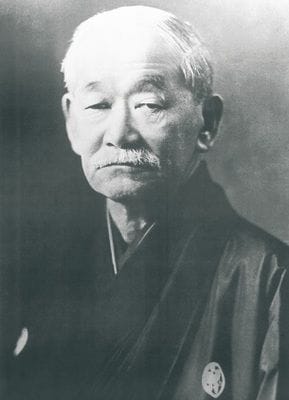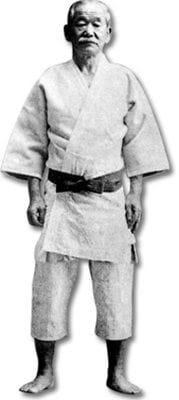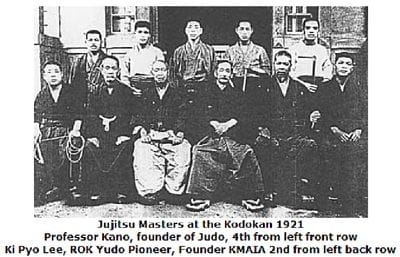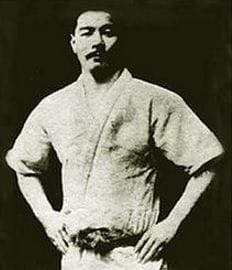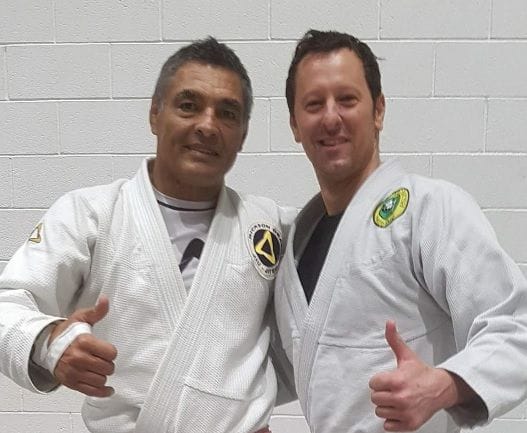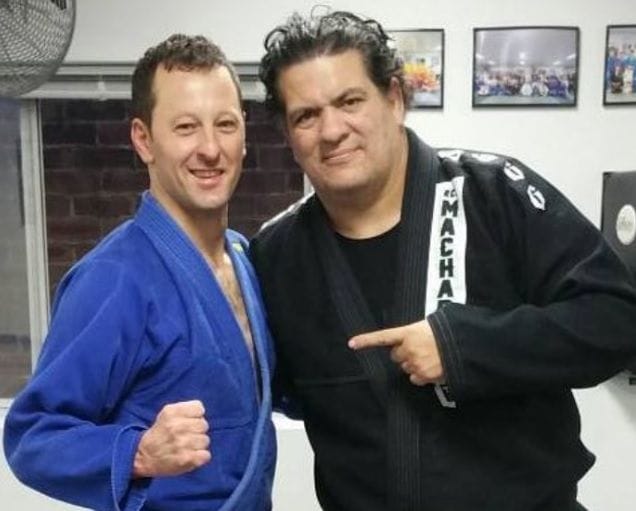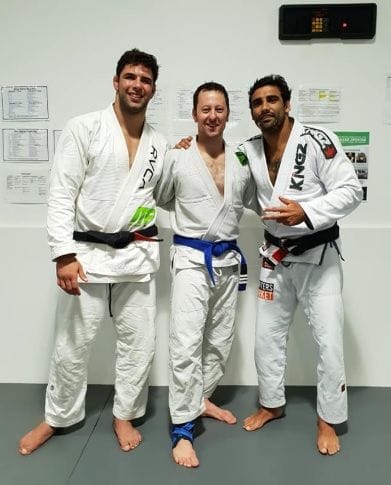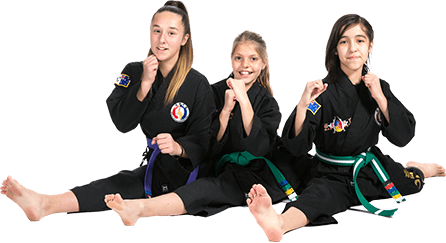To understand the history of Brazilian Jiu-Jitsu, we first must look to the development of traditional Japanese Jujitsu "soft art" to Judo.
Like other "soft art" founders such as Sokaku Takeda (Aiki-Jujitsu) , Choi, Yong Sul (Hapkido) and Morihei Ueshiba (Aikido) who did a tremendous amount in the promotion of their respected systems, Jigoro Kano, was the man who founded and promoted Judo.
Professor Kano and Sokaku Takeda were good friends and they met each other often in Tokyo. Kano studied multiple martial art systems and created the Kodokan Judo as a method of physical education whilst Sokaku Takeda practiced martial arts for self defence. The two had a mutual friend called Shiro Saigo who was the adopted son Tanomo Saigo, the teacher of Sokaku Takeda. Shiro played a leading role in popularising the Kodokan and was the inspiration for the hero in the popular martial arts movie Sanshiro Sugata 1943.
Jigoro Kano began studying the Jujitsu system of the Tenshin Shinyo Ryu in 1877 (a system known for its grappling skills) where he quickly became fascinated and fell in love with the art, so much so he demonstrated Jujitsu for US President Ulysses Grant in 1879.
